
Blancpain Watches
A watch brand with a truly rich history and perhaps even richer contemporary profile, Blancpain has been involved in diving and aviation since the early 20th century and continues to create watches geared for lovers of adventure. It also builds some of the most sophisticated and complicated watches in the world – offering watch lovers a glimpse at its esteemed horological prowess. Nestled in the Vallee’ de Joux, Switzerland, this innovative brand, owned by the Swatch Group, is highly dedicated to sustainability and Ocean Commitment.
-
Price
- ()









































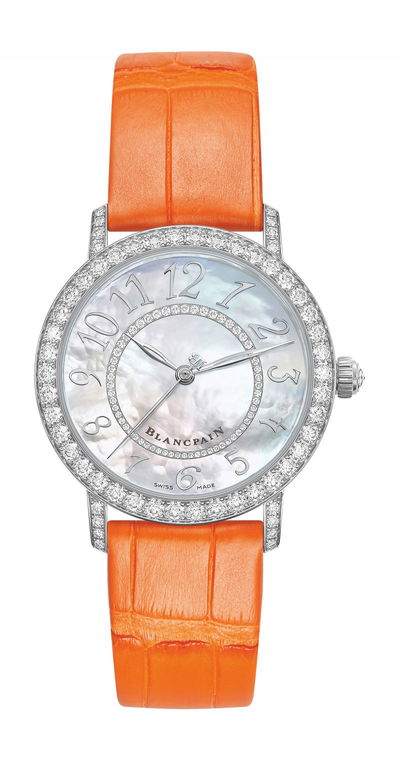

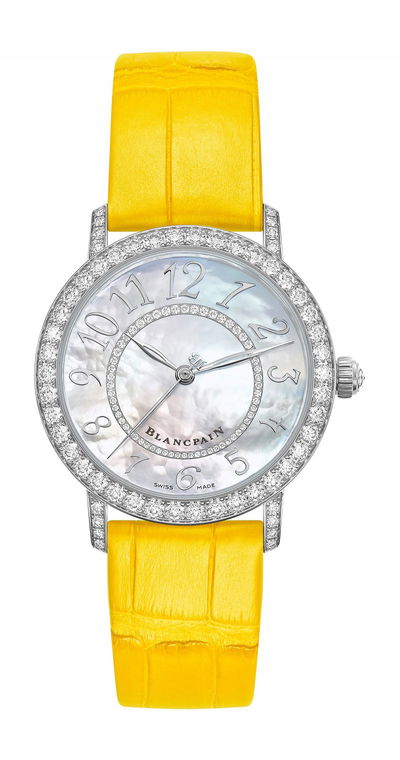
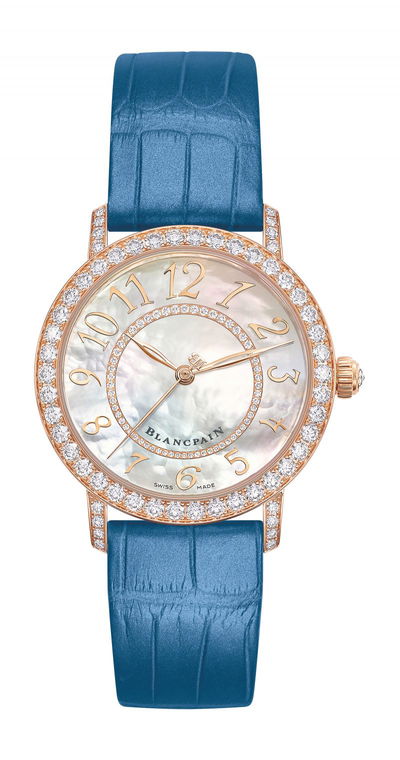
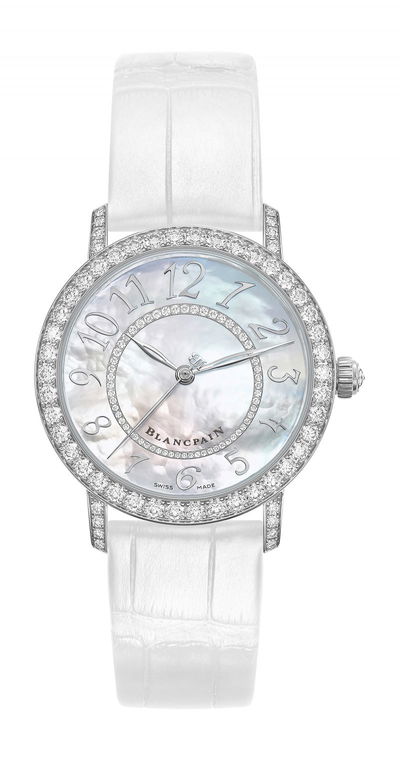
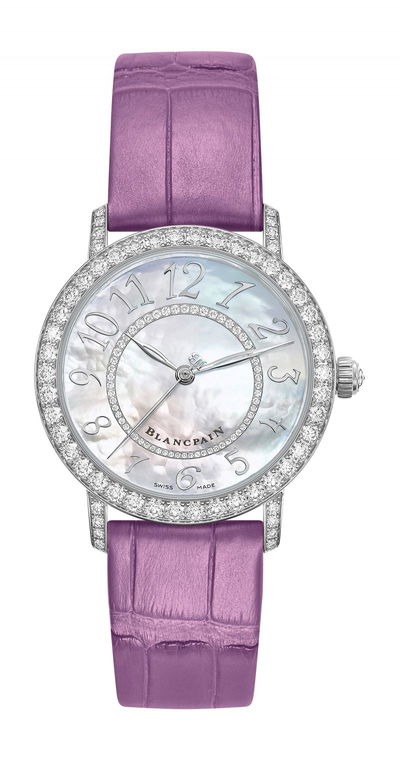


























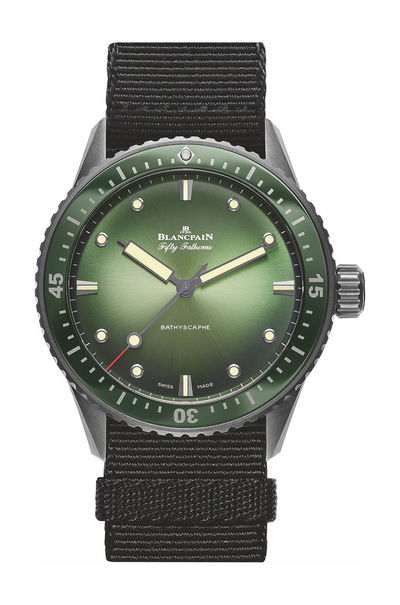






History of Blancpain
Blancpain is a Swiss luxury watch manufacturer founded in 1735 in Villeret, Switzerland, by Jehan-Jacques Blancpain. Headquartered in Paudex, Switzerland, Blancpain is one of the oldest companies in the world of watches and is famed for its high-end mechanical watches. From its founding in 1735, Blancpain operated under the descendants of Jehan-Jacques Blancpain until 1932. During the 1815 revolution, Frédéric-Louis Blancpain, the great-grandson of Jehan-Jacques, modernized the workshop and transformed it into a mass-produced industry for the times. He introduced a significant innovation to watchmaking by replacing the crown-wheel mechanism with a cylinder escapement.
Following the sudden death of Frédéric-Emile Blancpain in 1932, his daughter Berthe-Nielle decided not to follow in her father’s footsteps. The company was sold to two employees, Betty Fiechter and André Léal, in 1932, marking the end of the family’s management. By the end of the 1950s, Blancpain was producing more than 100.000 watches a year. To meet the constantly growing demand, the company became part of the SSIH (a former group of Swiss watchmakers comprising Omega, Tissot, and Lemania). A historical high of 220,000 was achieved in 1971 by the company. In the 1970s, during the quartz crisis, SSIH decided to decrease the production of automatic watches to focus on quartz. This decision eventually led them to go out of business. In 1981, movement manufacturer Frédéric Piguet and Jean-Claude Biver, purchased the rights to Blancpain.
How Blancpain Faced up to American Competition in 1865
Industrialization resulted in falling prices for watchmaking products in the second half of the 19th century, leading to many workshops closing their doors. Blancpain constructed a two-story factory near the Suze River and utilized its power to supply electricity to its production facilities to respond to American competition. Through the modernization of its methods and the development of top-notch products, Blancpain survived as one of the few watchmaking firms in Villeret.
The Blancpain Name
In the wake of Betty Fiechter and André Léal’s acquisition in 1932, the company was legally obligated to change its name to Rayville-Blancpain as there were no more Blancpain family members in control. Rayville is an anagram of Villeret, one of Blancpain’s classic collections and Blancpain’s native village. The company only started trading once again under the name of Blancpain SA in 1981.
Who owns Blancpain?
The Swatch Group, Switzerland, owns Blancpain. In 1992, Blancpain became a subsidiary of the Swiss Swatch Group. As a result, Blancpain is now considered one of Swatch’s top brands.
Fun Fact
Blancpain is best known for its Fifty Fathoms diving watch collection introduced in 1953 and the 1735 Grande Complication wristwatch from 1991. The Fifty Fathoms collection was initially designed for deep-sea diving and combat swimmers. During the 1950s, the French Navy commissioned the watch for its servicemen, which was titled “Les Nageurs de Combat.”
Collections
Blancpain Fifty Fathoms
In 1953, Blancpain introduced the first modern diver’s watch, symbolizing its passion for the underwater world. All the Fifty Fathom watches carry the hallmark of the iconic elements that forged the reputation of their legendary ancestor, which established the Fifty Fathom collection as the archetypal diver’s watch. In addition, several new additions to the collection represent extraordinary technological achievements and a tribute to the scuba pioneers. For example, watches like Bathyscape-5000 1210 98S and Bathyscape 5000 0240 052A are part of this collection.
Blancpain Air Command
Blancpain’s Air Command collection offers a range of chronograph watches. This collection revives Maison’s history of 1950s military aviation with a resolutely vintage style coupled with the latest technological advances. With the elegant design of the Air Command models, their forerunner was the most sought-after military chronograph of its period. This collection includes watches like the Air Command AC02 and the Air Command Limited Edition.
Blancpain Villeret
This collection is named after Blancpain’s native village of Villeret. These models are rooted in tradition and embody Blancpain’s most valued aesthetics. Watches in this collection have simple, clean lines, crystal clear dials, and slender double-stepped cases that evoke elegance with timeless grace. Quantième Phase de Lune and Quantième Complet 8 Jours are part of this collection.
Ladybird
Blancpain’s Ladybird collection embodies its timeless values with refined design and innovation. These watches for women are elegant and complex and only finished with mechanical movements decorated and assembled by hand. Ladybird timepieces are not just resized or adapted versions of men’s timepieces; instead, they are designed to meet the needs and expectations of modern women. This collection includes watches like the Ladybird Colors collection and Ladybird Ultraplate.
Métiers d’Art
Blancpain Métiers d’Art collection expresses the brand’s philosopgy of how art embodies time. With an extensive range of manual decoration techniques, the Métiers d’Art collection represents both a rich heritage of watchmaking and artistic culture. Watches like the Grande Décoration and Carrousel Répétition Minutes are part of this collection.
